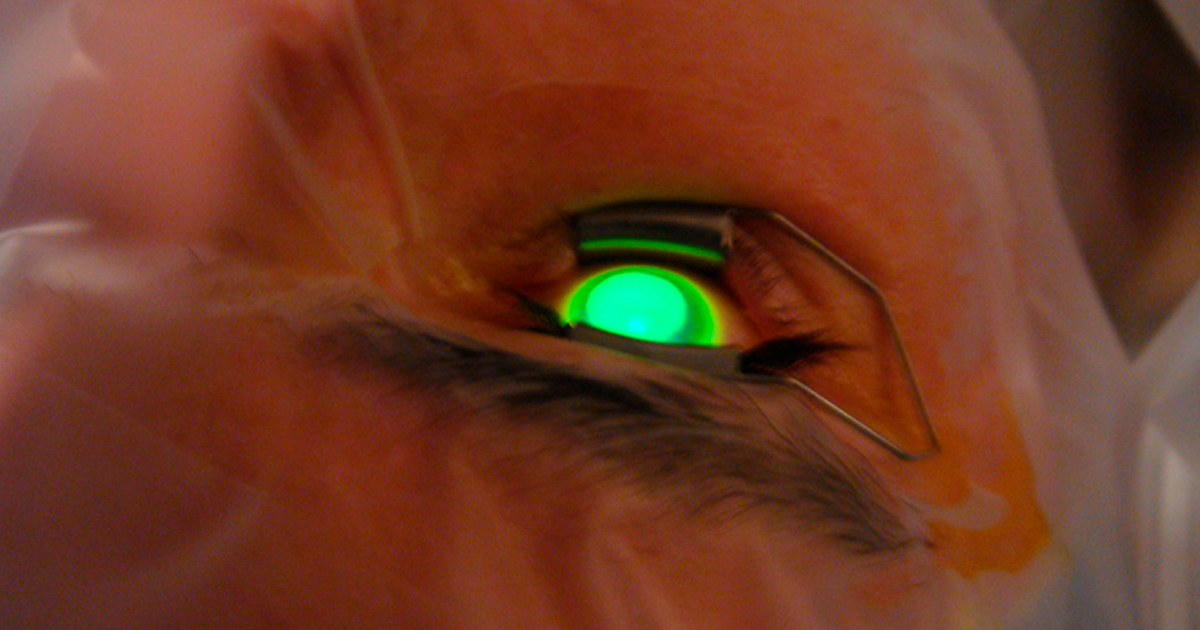The treatment
Involves scraping the surface of the cornea to apply riboflavin (B2 vitamin), a substance that sensitizes collagen. Then, the creation of new bridges and joints of collagen fibers is stimulated with the application of an ultraviolet light of a specific wavelength (375nm) and a particular energy (3mW/cm2) for 30 minutes.
The current indications for crosslinking are the Corneal Ectatic Diseases due to: Keratoconus, Pellucid Marginal Degeneration, Iatrogenic Ectasia after Lamellar Refractive Surgery and corneal melting that has not responded to conventional treatment.
The procedure was developed between 1993 and 1997 by professors Theo Seiler and Eberhard Spoerl at the University of Dresden, Germany. The first patients were treated in 1998. Nowadays, crosslinking is used in more than 500 centers around the world. Corneal crosslinking has the potential to become the standard treatment for Keratoconus, preventing the need for penetrating Keraoplasty.
